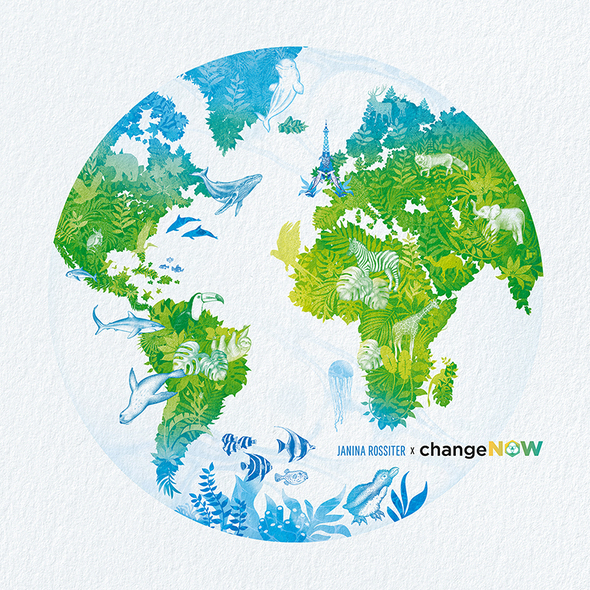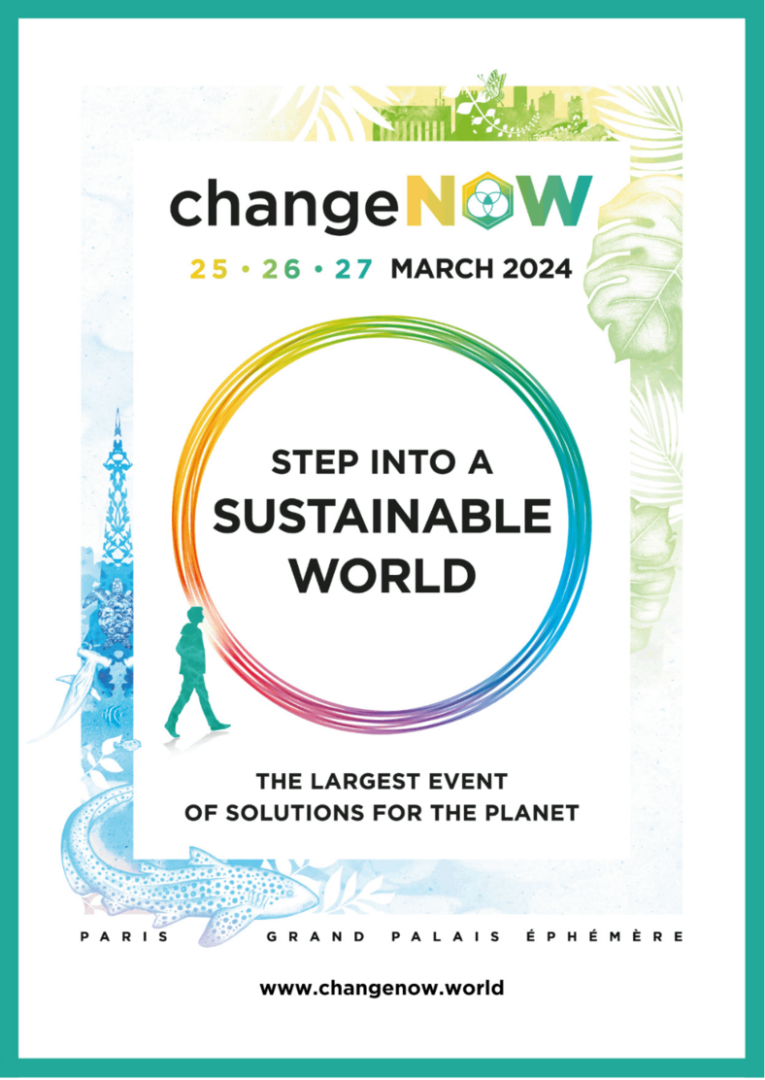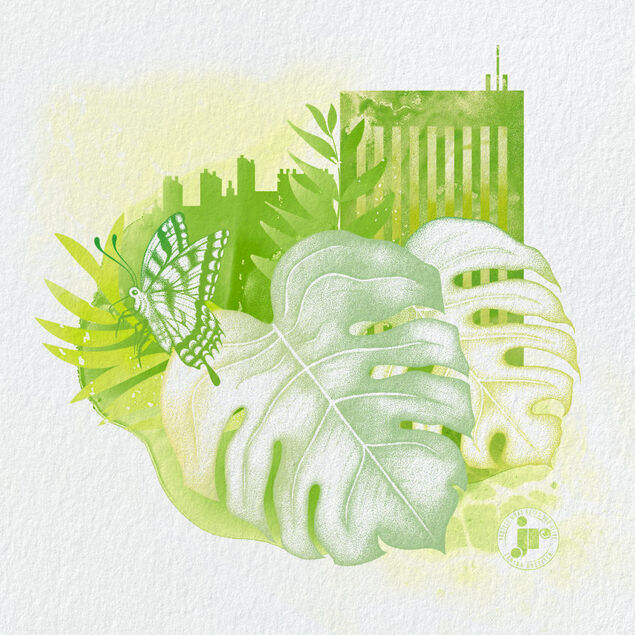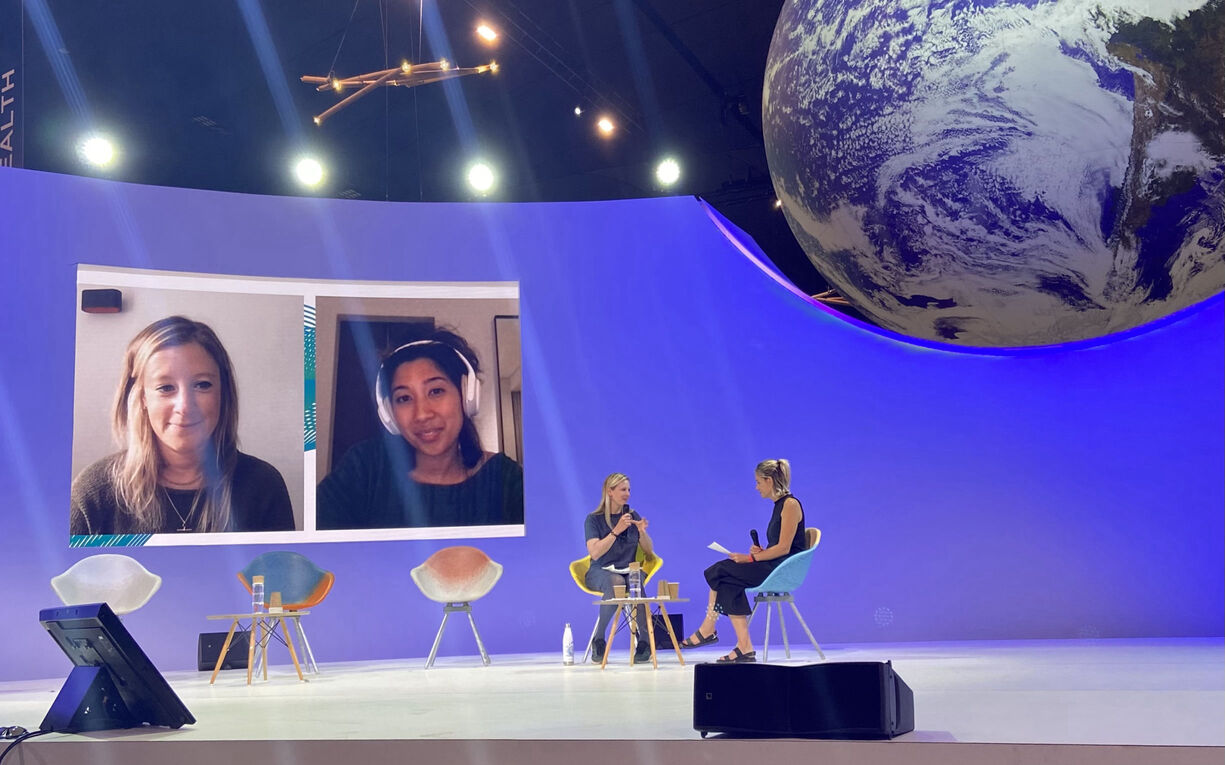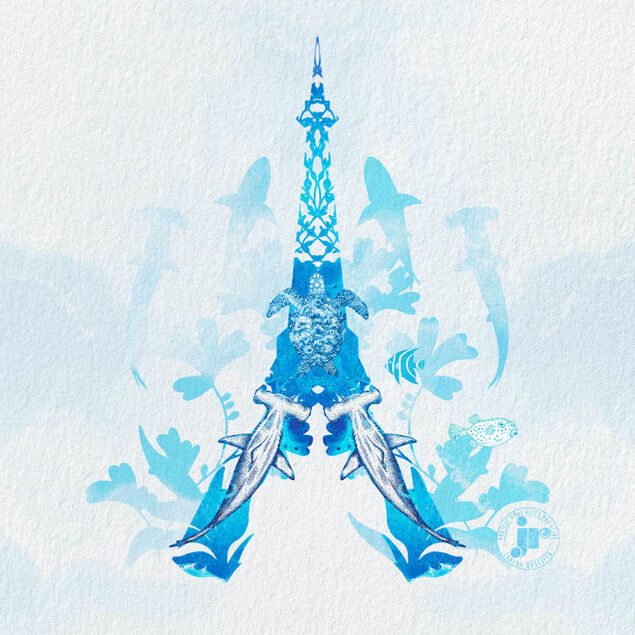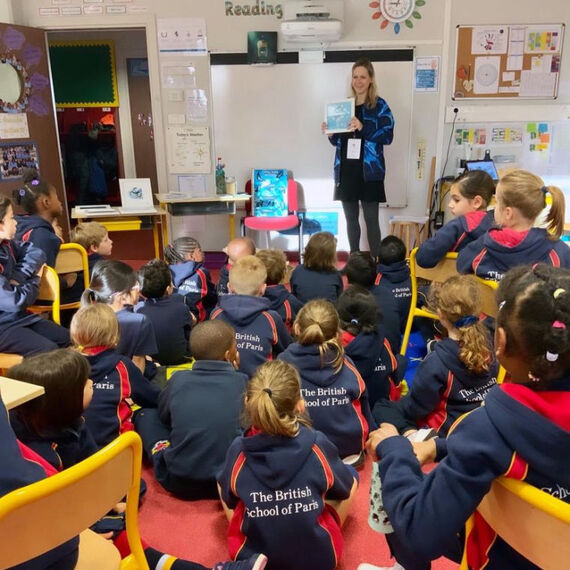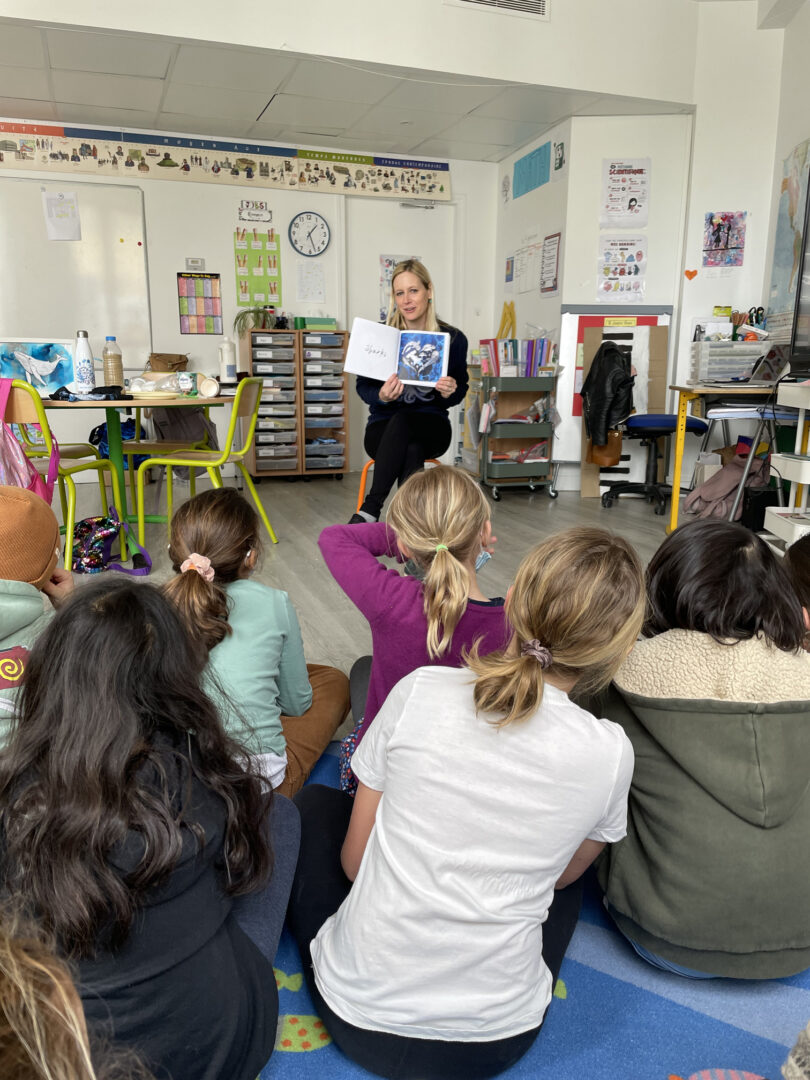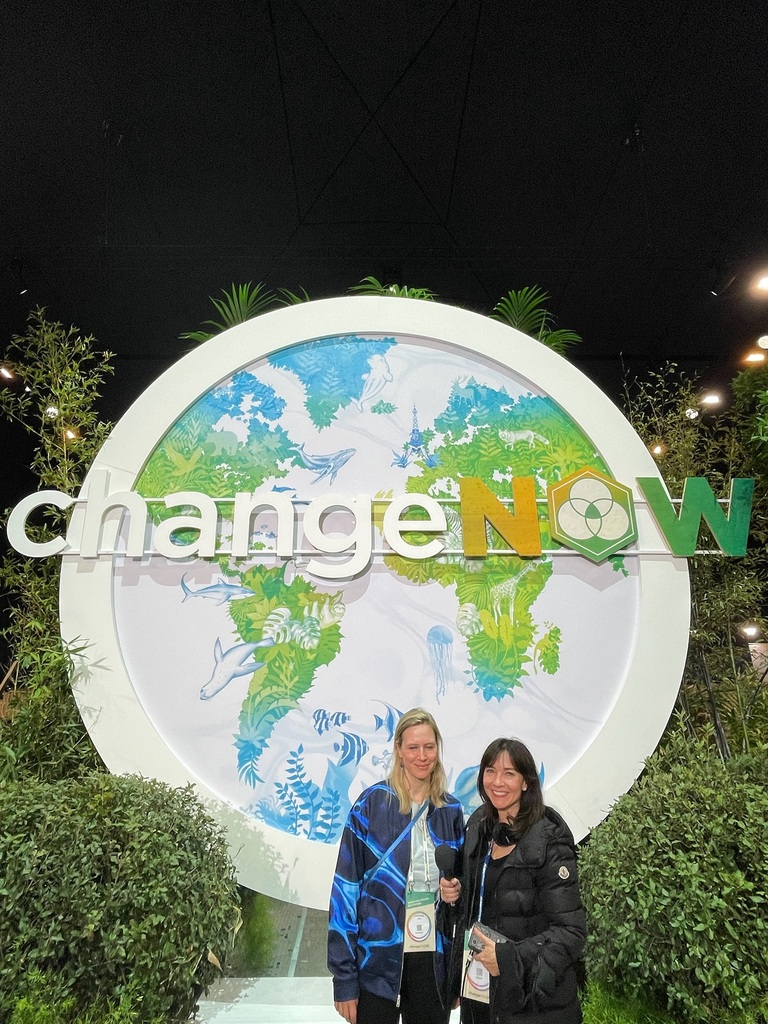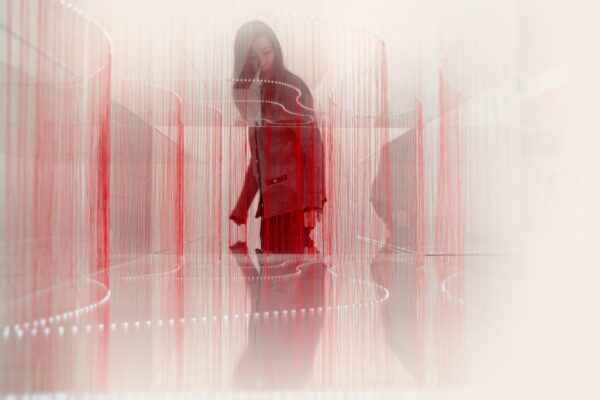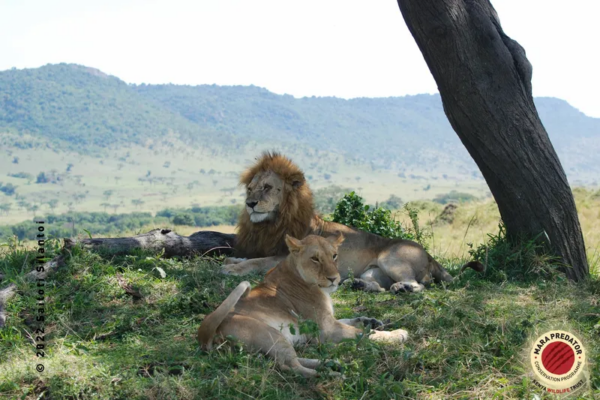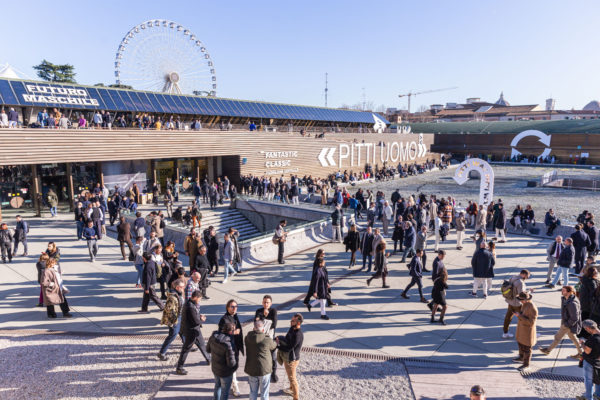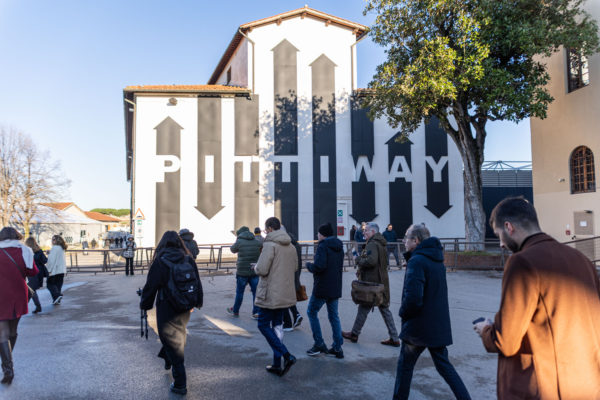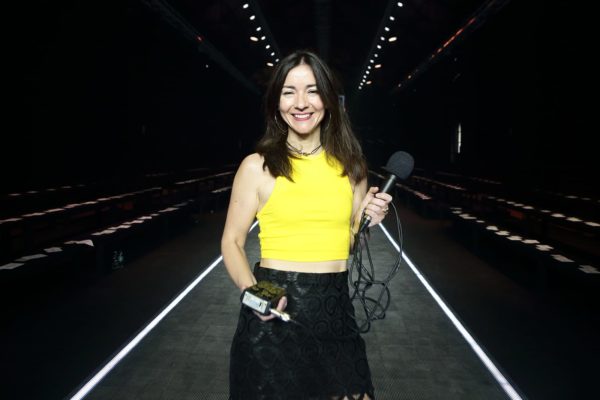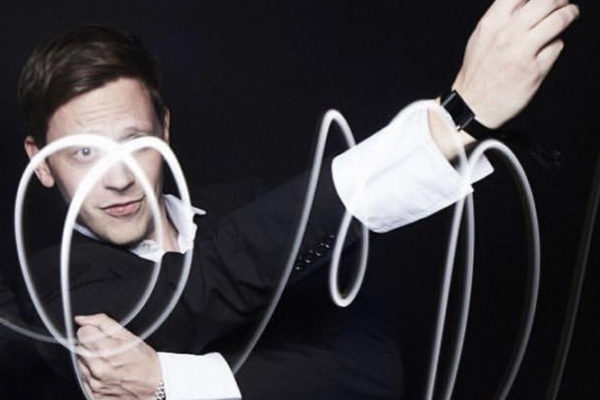In this 5-part series, we meet ChangeNow speakers, business leaders or activists, to hear about their concrete actions for the planet. Today I meet Janina Rossiter, an artist and activist who has been chosen for the visual campaign 2024 of ChangeNow event, with her work “Planet Ocean”. In this podcast episode of 2goodmedia we talk about the environment, visual art and activism. Enjoy ☺️
Welcome to 2Goodmedia, the conscious media on industry transformation covering major trade shows in France and abroad. Today I’m taking you to ChangeNow, the world’s largest event of solutions for the planet, which brings together at the Grand Palais in Paris the full diversity of social & environmental impact players. In a world in crisis, where everyone is faced with contradictory demands, how can we each define the meaning of action at our own level and together take action for the planet?
25 Mars 2024 | Paris – Change Now
Par Delphine Souquet & Julien Barrault
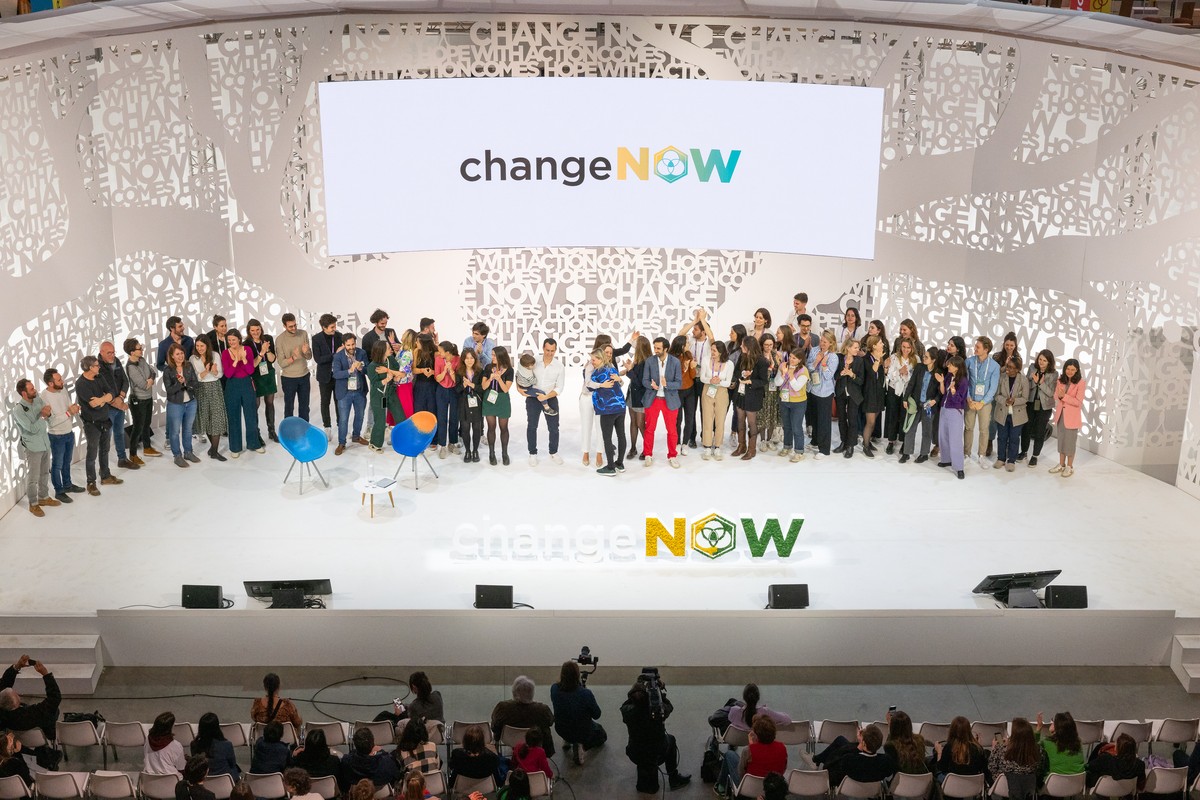
ChangeNow Paris 2024
“The biggest event on solutions for the planet.” For 3 days, punctuated by unique conferences and enriching encounters, entrepreneurs, activists and investors join forces to study environmental issues and set a course for the years ahead.
1, 2, 3… on 2Good Media
2Goodmedia is the first conscious media at the emerging of business and creative strategies, we talk about serious things but never take ourselves too seriously!
1 Podcast
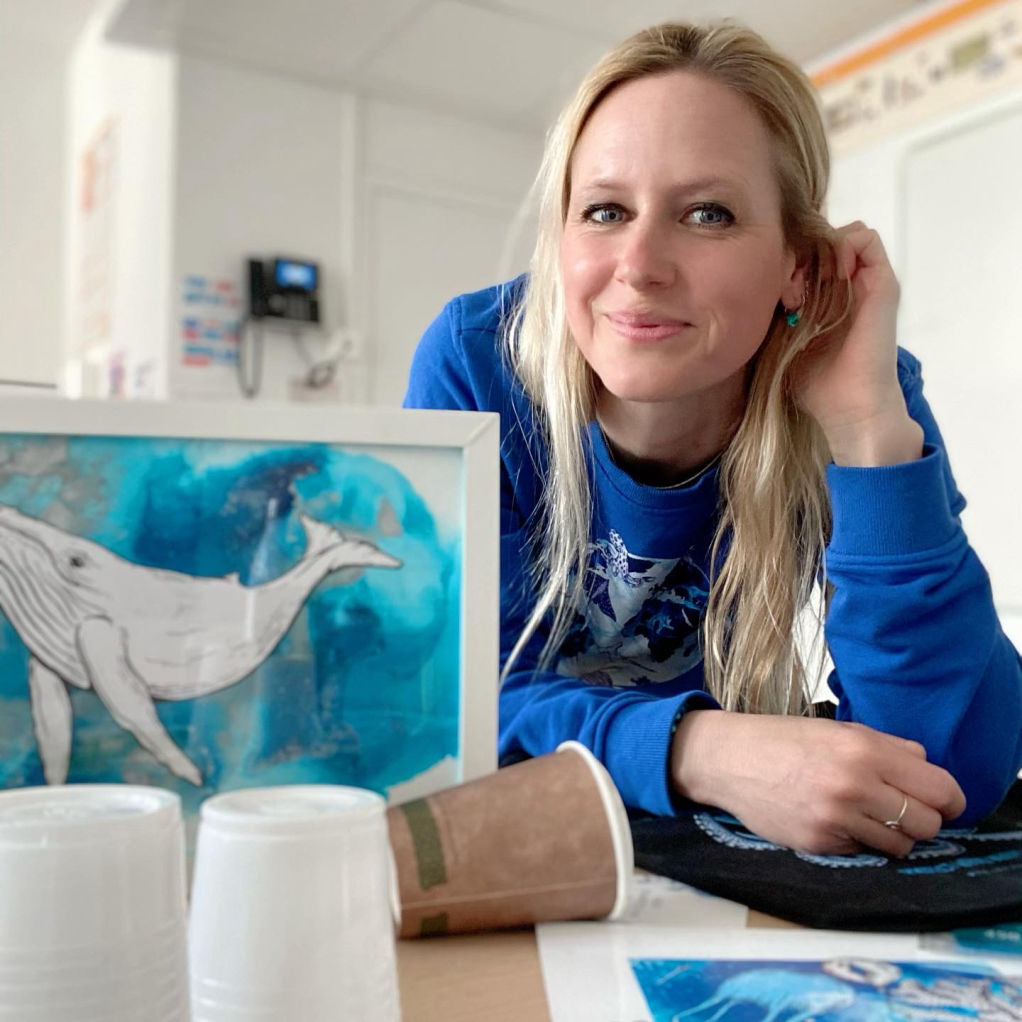
Janina Rossiter
She is an Artist, Author and Artivist. She’s published children books to raise awareness about ocean protection, it’s also her goal to promote ecology by being an environmental speaker in schools. She designates herself as an “Artivist”, as she is taking action for the environment with her artworks.
2 Ideas to remember
- Artivism as a Powerful Tool:
- Janina Rossiter highlights the concept of “artivism” as a powerful means of activism through art. It allows individuals to convey messages and inspire change without traditional forms of activism like protests. Art serves as an international language capable of evoking emotions and fostering a sense of care and responsibility towards important issues like environmental conservation.
- Positive Education and Empowerment:
- Janina emphasizes the importance of positive education and empowerment, especially when educating children about environmental challenges. Rather than instilling fear or shame, she advocates for inspiring others through positivity and encouraging proactive actions. Her approach, exemplified by her children’s book “One, two, three who’s cleaning the sea?”, empowers children to take positive action and make a difference in protecting the environment.
3 Questions from the conversation
How to combine activism and art?
Delphine Souquet: [00:00:12] Can you explain me the denomination of “Artivist“, and when this idea came to your mind? [00:00:19]
Janina Rossiter: [00:00:20] So artivism is not a word that I discovered. It existed for a very long time, but it’s a term I really like. Xhen I discovered it, I really found myself in this word because I feel that I’m a bit shy. Artivism gives me the right to speak up without, having to go outside and protest so I can do that in my own time, with my art and still give a message. And this messages comes in an international language : art and activism can evoke emotions, and it can make people to feel the need to care. I think that is, very special form of a movement. So I’m very happy that artivism exists and that, there are so many of us today that are trying to do, movement with art. [00:01:08]
Janina’s art project with Change Now 2024
Delphine Souquet: [00:04:28] So today you’ve got a central position at Change Now, you’ve been selected for the visual campaign. Can you explain me? So describe me which piece of art you’ve designed for this exhibition? And what is your story with Change Now? Which is the biggest event, for the protection of the environment in France and maybe more. [00:04:53]
Janina Rossiter: [00:04:55] Yes, I actually, I was invited by a friend of mine who’s a beach cleaner to come to Change Now in 2020, and I immediately fell in love with this summit. I just loved it. And I immediately noticed the art there. There was a big, installation of work from Africa in 2020. I was just like “One day, to exhibit with Change Now, would be my biggest dream”. And, that’s kind of like how the idea in my head started. Then I tried to find ways of knowing people that know Change Now. I happened to, because of an exchange student year in 1998, I happened to know somebody who knew somebody who was really good friends with somebody, which was really surreal. They then put me in touch.
And in 2022, I exhibited, four big pieces of my artwork here in the Grand Palais Ephemere from my book “One, two, three who’s cleaning the sea?” to raise awareness of plastic pollution. And I kind of thought, God, I wish I could continue this journey with Change Now, but I thought once we exhibit wisdom, once we don’t get this opportunity again. Oh, so when I was in touch with Rose about the project for 2024, and she proposed to me to do the official poster, the totem, the Eiffel stage window and to have my own gallery. And I was just, immensely, immensely thankful, for this incredible opportunity. And at that moment, I heard these words. But I think it’s only been since yesterday since I realized what that actually meant. [00:06:32]
Education & Impact : Environmental issues explained to children
Delphine Souquet: [00:12:17] Have you noticed, in terms of communication, how to open the conscience of kids or adults about plastic pollution? Do you think, showing the devastating effect of plastic is the way to do it? Or like your illustration, to show, the beauty of our planet and the equilibrium between, the forest, the oceans and the beauty of life is another way to communicate? Which one are you using for which audience? [00:12:52]
Janina Rossiter: [00:12:53] So I believe, the evening I came back from the aquarium, I was actually crying in front of my computer, and I felt that I did not want to recreate this feeling again, and especially not in children. I didn’t want to traumatize them, and I didn’t want to make them, believe that our world, doesn’t have any hope. So for me, it was really important to give a positive message. So I had a long thought about how can I turn “One, two, three who cleaning the sea?” Into a positive book, but still have a negative subject? It was really more important than the actual writing of the illustration as well: what is the message and how do the kids go out of the classroom when they hear this book?
So the idea is that, the sea creatures are fed up because our waste is everywhere, so they start to clean up! I thought, as a mother, sometimes when you tell a child, do this, do that, it doesn’t really work. Sometimes you have to start and they join in and then you do it together. This is a bit the idea of the book. And then at the end, everything is clean. It’s not like the reality, but in the book everything is clean and the sea creatures are saying “So now you make sure it stays that way”. I find that every time I go to the classes that this really works. They are so happy at the end, the kids that the ocean is clean and they have helped. Now we are full of motivation to make sure it stays clean. I’ve written other books after this, but I feel that “one, two, three is cleaning the sea?” is for the age group and the message and how it works is the best, result I’ve done.
So I, I’m really happy about that. I feel that positive action works. They feel they want to help. What I often say to the children, you can inspire your parents, but don’t go around, tell people, are you using something or using that? Because I do believe that, shaming other people and making them feel bad is not the right way to, put change forward. So I say you start with yourself. You think about what you. If it’s your parents who buy it, you can make a suggestion, but let’s stay in this, movement of we try to inspire others and not, like, tell others. And I think, that is quite important, especially at a young age, because they tend to learn something and they tend to understand, oh, this is bad. So now I’m gonna tell everybody that they’re doing something bad. I think especially at a young age, it’s important to understand that, inspiration and positive, changes the right way forward, in my opinion. [00:15:31]
If you want to know more about Janina Rossiter art and books follow this link : @protectwhatkeepsyoualive on instagram. And if you want to know more about ChangeNow and see the Replay 2024.
If you liked this article recorded live at ChangeNow event :
- You will probably enjoy our conversation podcast with Catherine Bishoff, CEO of Sovereign Nature initiative talking about biodiversity protection using NFT and blockchain technologies.
A COMPLIMENTARY GIFT FOR YOUR LOYALTY!
As a token of appreciation for your loyalty, 2GoodMedia partners with WhatRocks to offer complimentary non-speculative, low-carbon crypto for you to donate to your charities of choice from the list of 200+ organizations across the world.
Already a WhatRocks member?
Clickl here to earn crypto to donate
Not a WhatRocks member yet?
Click here to open your free WhatRocks account
Credits : Photo ChangeNow thanks to Vincent MACHER and Janina Rossiter; editorial and podcast by 2good holding @2024 all rights reserved




